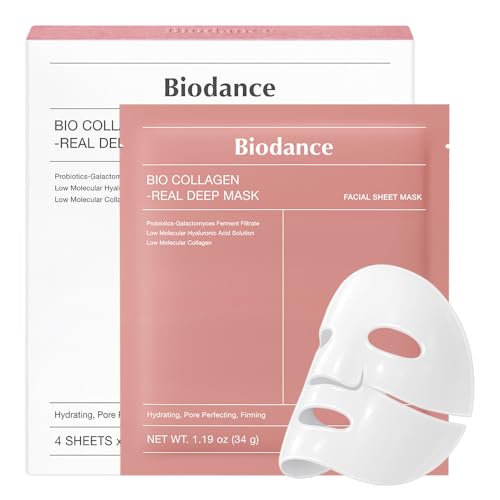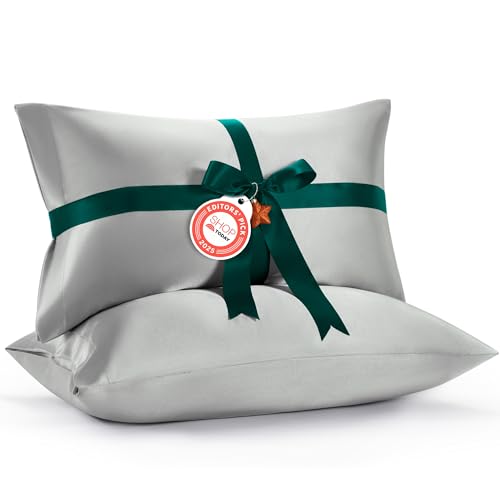Have you ever wondered how those durable pavers that line our walkways and patios are made? Join us on a fascinating journey into the world of paver manufacturing. From humble beginnings to the finished product, the process is a blend of science, art, and precision.

At the heart of paver production lies a meticulous process that transforms raw materials into sturdy and aesthetically pleasing paving stones. We’ll explore the innovative techniques and machinery used to mold, shape, and color these versatile building blocks. So, next time you stroll along a beautifully paved path, you’ll have a newfound appreciation for the craftsmanship behind each paver.
Let’s delve into the intricate world of paver manufacturing together and uncover the secrets behind these essential elements of our outdoor spaces.
Understanding the Basics of Pavers
As landscape designers, we understand the significance of pavers in creating stunning outdoor spaces. Let’s explore the essentials of paver manufacturing to gain deeper insights into these crucial elements of our projects.
Types of Pavers
In our designs, we often incorporate various types of pavers to achieve specific aesthetics and functionality. Common paver styles include interlocking pavers, which offer stability and flexibility, ideal for driveways and pathways. Concrete pavers are versatile and durable, perfect for patios and pool decks. Clay pavers, with their timeless appeal, are commonly used for traditional and rustic designs, adding warmth to outdoor areas. Each type of paver brings unique characteristics that enhance the overall appeal of our landscape projects.
Common Materials Used in Manufacturing
When considering paver materials, we prioritize durability, aesthetics, and sustainability. Concrete, a popular choice, provides strength and versatility, allowing for a wide range of colors and textures. Clay, known for its earthy tones and natural beauty, offers a classic look that withstands the test of time. Natural stone pavers, with their distinctive patterns and textures, add a touch of elegance to outdoor spaces. By selecting materials carefully, we ensure that our paver choices not only complement the design but also stand the test of time in our landscape creations.
The Paver Manufacturing Process
Step 1: Choosing the Material
When it comes to crafting durable and visually appealing pavers, the first crucial step is selecting the right materials. We carefully choose materials like concrete, clay, or natural stone based on their durability, aesthetic qualities, and sustainability. Concrete pavers are known for their versatility, clay pavers for their classic appeal, and natural stone pavers for their unique textures. Each material offers distinct characteristics ideal for various outdoor applications.
Step 2: Blending and Mixing
Once the materials are selected, the next step in our manufacturing process is blending and mixing them to create the paver mixture. We ensure that the proportions are meticulously calculated to achieve the desired strength and color consistency. The accurate blend of materials is crucial in producing high-quality pavers that can withstand different weather conditions and heavy use.
Step 3: Forming the Pavers
After the mixing process, we carefully mold the paver mixture into the desired shape and size. Using innovative techniques and molds, we create pavers with intricate designs and patterns to enhance the overall aesthetics of outdoor spaces. Precision in forming the pavers is essential to ensure uniformity and consistency across each piece.
Step 4: Pressing for Density and Strength
To enhance the durability and strength of the pavers, we subject them to a pressing process. By compressing the paver mixture under high pressure, we increase its density, making it more resilient to wear and tear. This step is crucial in ensuring that the pavers maintain their structural integrity over time, even in high-traffic areas.
Step 5: Curing to Ensure Durability
Once the pavers are pressed, we carefully cure them to strengthen their molecular structure and enhance their durability. The curing process allows the pavers to develop the necessary strength to withstand outdoor elements, such as UV exposure, humidity, and temperature fluctuations. Proper curing is vital in prolonging the lifespan of the pavers and maintaining their appearance.
Step 6: Packaging and Shipping
After the curing process is complete, we meticulously package the pavers to ensure their safe transportation to various destinations. We take great care in protecting the pavers from any potential damage during shipping, maintaining their quality until they reach their final destination. Our meticulous packaging process guarantees that the pavers arrive in perfect condition, ready to be installed in beautiful landscape designs.
Innovations in Paver Manufacturing
Eco-Friendly Manufacturing Practices
In our quest to create environmentally sustainable outdoor spaces, we are encouraged by the eco-friendly manufacturing practices embraced by many paver manufacturers. These practices focus on reducing carbon footprints and minimizing environmental impact throughout the manufacturing process.
Using recycled materials, such as post-consumer glass and plastic, not only diverts waste from landfills but also reduces the need for virgin resources. By incorporating these recycled materials into paver production, manufacturers contribute to a circular economy while enhancing the durability and aesthetic appeal of the pavers.
Furthermore, water recycling systems are implemented in manufacturing facilities to minimize water usage and ensure that water resources are preserved. These systems treat and reuse water, reducing overall consumption and environmental strain.
Advanced Technology in Paver Design
In the world of paver manufacturing, advancements in technology play a pivotal role in enhancing the design possibilities and durability of the final product.
Incorporating 3D printing technology allows for intricate and precise designs to be created with unparalleled accuracy. This technology enables us to customize pavers to meet specific design requirements, resulting in unique and visually captivating outdoor spaces.
Moreover, the use of advanced additives and polymers in the manufacturing process enhances the strength and longevity of pavers. These additives improve the resistance of pavers to factors such as fading, abrasion, and staining, ensuring that the aesthetic appeal of the outdoor space is maintained for years to come.
By staying at the forefront of technological innovations, paver manufacturers continue to push boundaries in design and sustainability, offering us a diverse range of high-quality and eco-conscious pavers for our landscape projects.
« Unveiling the Ultimate Landscaping Secret: Pavers vs. Bricks – Which One Wins? Unveiling the Ultimate Secret of Paver Patios: What You Need to Know »
Quality Control Measures for Pavers
Rigorous Testing Protocols
As landscape designers, ensuring the quality of the pavers we use is paramount to creating stunning and lasting outdoor spaces. Manufacturers implement rigorous testing protocols throughout the manufacturing process to guarantee the durability and reliability of the pavers. These protocols involve conducting various tests on the materials, such as concrete, clay, or natural stone, to assess their strength, resistance to weather elements, and overall performance.
The pavers undergo tests like compressive strength testing to determine how much pressure they can withstand, freeze-thaw testing to assess their durability in cold climates, and abrasion resistance testing to evaluate their ability to resist wear over time. By subjecting the pavers to such detailed examinations, manufacturers ensure that only top-quality products reach the market, giving us confidence in using them for our landscape design projects.
Ensuring Consistency in Production
Consistency in the production of pavers is crucial for achieving a uniform look and feel in outdoor spaces. Manufacturers employ strict quality control measures to guarantee consistency in color, size, shape, and texture of the pavers. Advanced manufacturing techniques, such as precision molding and automated processes, help maintain uniformity across batches of pavers.
Additionally, manufacturers implement quality checks at every stage of the production process, from material selection to final packaging. By monitoring and controlling each step meticulously, manufacturers can detect and rectify any deviations, ensuring that every paver meets the set standards. This attention to detail and commitment to consistency enable us, as landscape designers, to create harmonious and visually appealing outdoor environments using high-quality pavers.
Conclusion
We’ve delved into the fascinating world of paver manufacturing, uncovering the intricate process behind creating these essential elements for outdoor spaces. The journey from selecting durable materials to implementing eco-friendly practices and embracing technological innovations showcases the commitment to quality and sustainability in the industry. With a keen focus on quality control measures and consistency in production, manufacturers ensure that each paver meets stringent standards, resulting in visually stunning outdoor landscapes. The blend of tradition and innovation in paver manufacturing continues to shape our surroundings, offering endless possibilities for designing functional and aesthetically pleasing outdoor areas.










